Core Nutritionals' dedication to innovation and excellence takes another major leap forward with their flagship muscle-building supplement Core BOLIC V2 achieving Informed Sport certification. This prestigious third-party verification confirms that every batch is rigorously tested for banned substances, making it safe and compliant for competitive athletes subject to drug testing.
Same Great Core BOLIC Formula, Now Informed-Sport Certified

Take your gains even further with the Core Nutritoinals' BOLIC V2, enhanced with PeptiStrong and now Informed Sport Certified to be WADA compliant and free of banned substances!
Being Informed Sport certified means Core BOLIC has undergone one of the most stringent quality assurance processes in the industry. As discussed in our recent podcast with Andy Holmes from LGC Science (Episode #162), products achieving this certification undergo extensive testing for over 280 prohibited substances at extraordinarily sensitive detection levels -- down to parts per billion. This testing helps ensure that competitive athletes can supplement with confidence, knowing their career won't be derailed by contaminated products.
PeptiStrong Powered: AI-Discovered Myostatin Inhibition and Gains
Core BOLIC V2 continues to feature the science-driven formula that made it a standout in the muscle-building category. The headliner ingredient, PeptiStrong, remains the cornerstone of this formulation. This innovative peptide network isolated from fava beans was developed using artificial intelligence research tools by parent company Nuritas. We discussed PeptiStrong in depth with Neil Foster on episode #112 of the PricePlow Podcast, exploring its fascinating mechanisms for enhancing muscle growth.
What makes PeptiStrong particularly notable is its mechanism - it doesn't simply add more dietary protein but instead functions as a messenger, communicating with your body's muscle-building pathways. One of its primary mechanisms appears to be myostatin inhibition, which Core has thoughtfully stacked with epicatechin for potentially synergistic effects on this crucial muscle growth pathway.
Let's examine how this WADA-compliant formula works, but first, check the PricePlow news and deals:
Core Nutritionals BOLIC – Deals and Price Drop Alerts
Get Price Alerts
No spam, no scams.
Disclosure: PricePlow relies on pricing from stores with which we have a business relationship. We work hard to keep pricing current, but you may find a better offer.
Posts are sponsored in part by the retailers and/or brands listed on this page.
This area is reserved for Team PricePlow's upcoming videos.
Subscribe to our channel and sign up for notifications so you catch it when it goes live!
Core BOLIC Ingredients (2023 Edition)
In a single 4-capsule serving of BOLIC from Core Nutritionals, you get the following:
-
Fava Bean (Vicia faba) Hydrolysate (as PeptiStrong) – 2,400 mg
We've all heard about the importance of dietary protein for muscle growth. But, as it turns out, not all proteins are created equal. Different proteins, and foods in general,[1] have different informational effects on the human body – they have the potential to affect personal health by changing epigenetic and hormonal expression.[1-3]
By activating or deactivating certain bio-informational switches, we can actually change the amount of muscle we gain or fat we lose, without necessarily manipulating our caloric intake.
That's where PeptiStrong, a natural network of peptides – short chains of 2 to 50 amino acids – derived from fava beans, has a part to play. Fava beans contain over 400 different peptides,[4] but the ones that make up PeptiStrong were chosen for their ability to selectively activate mammalian target of rapamycin (mTOR), which governs the synthesis of new muscle tissue.
Human study 1: PeptiStrong's impact on recovery and strength gains after muscle damage
Read our in depth article on PeptiStrong
In 2023, a group of researchers embarked on a study to investigate PeptiStrong's potential in enhancing recovery from muscle damage after intense workouts. To serve as subjects in their randomized, double-blind, placebo-controlled trial, they recruited 30 healthy recreationally athletic males aged 30 to 45. The experiment kicked off with a baseline strength assessment on the first day. Subsequently, participants were administered either a placebo or 2.4 grams of PeptiStrong daily for a period of 14 days.[5]
On the 15th day, neither PeptiStrong nor the placebo was administered, and a rigorous test was conducted. Participants underwent an intense knee flexion and extension assessment after a 5 minute cycling warm-up, ensuring a precise and high-intensity effort level. The knee strength test comprised a warm-up set of 5 repetitions, gradually escalating from 60% to 100% maximum effort, followed by two sets of 5 repetitions performed at maximum effort.[5]
To put it simply, this is a very challenging leg exercise that is known to cause significant muscle damage.[6,7]
The researchers examined the subjects' recovery progress by testing different biomarkers 48 and 72 hours after the initial test day (i.e., on the 17th and 18th days), while the supplementation regimen continued.[5]
Participants who received PeptiStrong recovered significantly faster and reported less soreness compared to the placebo group. "Delta Peak Torque/BW" means the alteration in peak torque capacity relative to body weight.[5]
At the 72-hour mark, the researchers made a remarkable discovery: The PeptiStrong group had not only fully recovered from the muscle damage incurred on the initial test day, their strength had actually increased above baseline! In contrast, the placebo group had not even fully returned to their baseline strength.[5]
Furthermore, the PeptiStrong group had markedly better scores on the fatigue index, indicating a substantial improvement to muscular endurance among those using PeptiStrong.[5]
Lastly, measurements of key biomarkers, including crucial myokines, indicated that PeptiStrong users experienced a heightened inflammatory response post-workout, a time when inflammation is actually a beneficial part of the anabolic response.[5]
PeptiStrong supplementation positively affected the blood concentrations of various myokines that are crucial for muscle growth.[5]
Even more outstanding is PeptiStrong's impact on myostatin, a protein that is known to inhibit muscle protein synthesis:
The discovery of an effective myostatin inhibitor has long been something of a holy grail for the industry, so it's truly amazing to see Nuritas actually pull it off. This study, which used minuscule doses of PeptiStrong by dietary protein standards, illustrates how peptides can have non-linear informational effects on metabolism and body composition. And for that, manipulating messenger molecules like myostatin is key.
Human study 2: Recovery after immobilization-induced catabolism
In a separate study, also published in 2023, researchers examined PeptiStrong's ability to preserve muscle tissue during forced immobilization. For this study, 30 young men were enlisted to wear a plaster cast for 7 days, which restricted knee flexion and, consequently, induced muscular atrophy (catabolism) in the affected leg.[8]
Subjects were randomized to get either 20 grams of PeptiStrong or 20 grams of milk protein daily, for the duration of the study period. In other words, this study was designed to measure PeptiStrong's effectiveness, gram-for-gram, compared to a common dietary protein.
The researchers then evaluated muscle atrophy in both groups. They found that the PeptiStrong group had an average muscle protein synthesis rate approximately four times higher than that of the milk protein group. Needless to say, they also recovered a lot faster than the milk protein group.[8]
In comparison to the milk protein (control) group, the PeptiStrong group had a significantly higher myofibrillar protein fractional synthesis rate (FSR), indicating a swifter recovery from muscular atrophy induced by forced immobilization.[8]
Even though both groups had roughly the same degree of muscle loss, once the subjects were able to move their legs, the PeptiStrong group recovered far faster.
If you want to learn more about how PeptiStrong works, check out our long-form article,
PeptiStrong: Natural Anabolic Ingredient from Fava Beans, or watch PricePlow Podcast Episode #112 with Neil Foster of Nuritas.
-
Maral Root Extract (Rhaponticum carthamoides) (10:1) – 350 mg
Derived from the perennial herb Rhaponticum carthamoides, which is native to central Asia, maral root extract is a potent source of phytoecdysteroids, testosterone-like compounds prized for their anabolic effects.
Rhaponticum extracts are usually standardized for 20-hydroxyecdysone, also called ecdysterone or 20HE, which is the most extensively studied of all known phytoecdysteroids. As we were saying above, it's been exhaustively demonstrated that ecdysterone can increase muscle growth, like testosterone does, without triggering the negative feedback loop on testosterone production typically associated with anabolic steroid use. This is thanks to its low affinity for the androgen receptor, which it typically doesn't activate.[9,10]
Numerous animal studies have demonstrated ecdysterone can reduce serum estrogen levels while increasing serum insulin-like growth factor 1 (IGF-1), resulting in the development of larger muscle fibers.[9,11]
Combining this new Core Bolic V2 with their PEAK product will have you feeling extra strong!
A comprehensive research review from the late '90s reinforced the findings of individual studies, concluding that ecdysterone has significant anabolic properties in rats. This review actually went so far as to suggest that ecdysterone could outperform certain anabolic steroids![12]
Most importantly, though, there have been numerous human trials on ecdysterone. One great example is a 2019 study conducted on German college weightlifters, which demonstrated that ecdysterone can dose-dependently increase muscle gains.[13]
And great news -- a look at the 2025 WADA prohibited list (the most recent as of the Core Bolic V2 Informed Sport certification) shows that ecdysterone is not a banned substance![14]
-
Camellia sinensis Extract (Bean) (std. to 90% Epicatechin) – 300 mg
Epicatechin is a powerful antioxidant that occurs naturally in tea. In fact, green tea's relatively high content of epicatechin, compared to other forms of tea, is the main reason why green tea is widely regarded as the healthiest tea. Epicatechin is also primarily responsible for the health benefits associated with dark chocolate consumption.
This antioxidant can have some powerful effects on muscle growth, thanks to its impact on circulation, recovery from exercise, and, perhaps most importantly, myostatin, the muscle growth inhibitor we discussed in the PeptiStrong section.
This study was performed on elderly, but alongside resistance training, epicatechin had the best results on myostatin and follistatin levels![15]
In one study, where subjects consumed 30 grams of 70% dark chocolate daily for two weeks, they experienced a remarkable 54% increase in their nitric oxide (NO) blood levels.[16] To validate this effect, another group was given white chocolate, which lacks epicatechin. Lo and behold, white chocolate caused no change in NO production.
Epicatechin appears to upregulate NO production by inhibiting arginase, the enzyme responsible for breaking down the amino arginine in your bloodstream.[17] This is significant because arginine serves as a precursor to NO,[18] meaning that by keeping more arginine active, the body can produce greater amounts of NO.
So what does this have to do with Core BOLIC? Well, increased NO means more vasodilation, a phenomenon where your arteries expand in diameter. This allows greater blood flow and muscle perfusion, with improved delivery of oxygen and nutrients to muscle cells. Ultimately, this translates to improved recovery, and, in the long run, noticeably greater muscle gains.[19]
Thanks to its impact on blood flow, NO can increase the growth of satellite cells in skeletal muscle.[20] This a key factor in muscle growth, as satellite cells make a crucial contribution to muscular hypertrophy.[21] In fact, the decline in satellite cell concentration we experience as we age plays a significant role in age-related muscle loss.[22]
Is epicatechin a myostatin inhibitor?
There's currently only one study on this topic, a proof-of-concept study that included both animal and human experiments.
In the animal experiment, researchers found that older mice had 18% higher levels of myostatin and 30% lower levels of follistatin (an anabolic messenger that is basically myostatin's antagonist),[23] indicating reduced muscle potential due to aging. Treating these elderly mice with epicatechin brought their myostatin levels back down to match those of untreated, younger animals, and increased their follistatin levels by 56%.[23]
In the human experiment, six participants with an average age of 40 were given 1 milligram of epicatechin per kilogram of body weight twice daily. For an adult weighing 185 pounds, this translates to 170 milligrams of epicatechin per day,[23] which is significantly less than the dose used in Core BOLIC.
The human subjects also saw significant improvements. Follistatin levels increased by approximately 50%, and myostatin decreased by 16.6%.[23] Additionally, their grip strength saw a notable 7% improvement.[23]
All of this pretty strongly suggests that epicatechin is a powerful anabolic agent, which is why you're seeing it show up in formulas like Core BOLIC.
-
BioPerine (Piper nigrum) (Fruit) (std. to 95% Piperine) – 10 mg
Finally, there's BioPerine, a black pepper extract standardized for the alkaloid piperine.
BioPerine is always a welcome addition because by inhibiting certain stomach enzymes, piperine spares supplements and nutrients from premature digestion. This means they can remain intact as they pass through the stomach, reach the intestines, and be absorbed into the bloodstream where they have their actual bioactive effects.[23]
Boost your muscles' natural performance and recovery abilities with PeptiStrong, a natural anabolic peptide network found in fava beans.
Additionally, piperine upregulates glucose transporter 4 (GLUT4),[24] a transporter protein that promotes healthy glucose disposal. Piperine is also believed to help improve conditions like fatty liver, insulin resistance, and oxidative stress.[25,26]
Dosage and Directions
As you may see in our podcast with Neil Foster, the trio discusses dosing and timing and it doesn't fully matter. Do whatever will be regular for you. PeptiStrong is great for recovery, so many take it post workout and/or before bed.
Our argument here, however, is that pre-workout makes sense since epicatechin can boost nitric oxide, and this could support more blood flow during workouts.
If you're not sure, then feel free to split doses, with two capsules sometime in the morning pre-workout, and two capsules sometime in the afternoon/evening post-workout. Just don't forget to take all four in a day!
Conclusion: WADA-Compliant Muscle Building with Core BOLIC V2
Core Nutritionals has always set a high bar in the supplement industry, but with the Informed Sport certification of BOLIC V2, they've raised it even further. This certification isn't just a marketing badge—it represents a significant investment in quality control and athlete safety, with each batch undergoing rigorous testing before reaching the market.
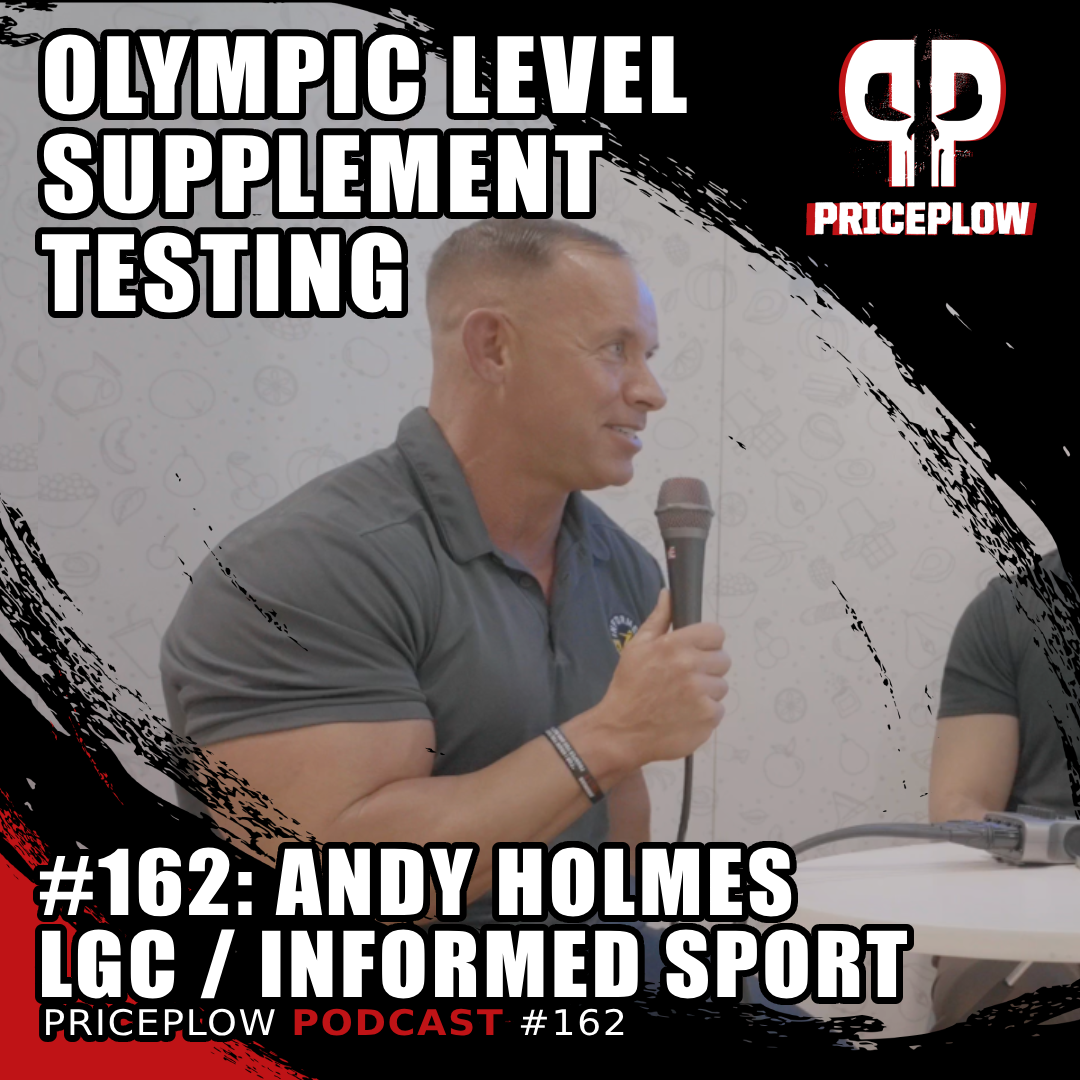
Andy Holmes, Business Development Manager for LGC Science's Informed certification programs, comes onto the PricePlow Podcast Episode #162 and discusses the rigorous testing protocols and quality assurance measures that make Informed Sport, Informed Choice, and Informed Protein the global gold standards in supplement certification.
For competitive athletes subject to drug testing, this certification provides critical peace of mind. The supplement industry has long been plagued by contamination issues, with studies showing approximately 1 in 10 non-certified supplements may contain prohibited substances. With Core BOLIC V2, athletes can now harness the power of next-generation muscle-building ingredients without risking their careers.
Beyond the certification, BOLIC V2 remains at the cutting edge of muscle-building science. By targeting informational and epigenetic mechanisms through ingredients like PeptiStrong, maral root extract, and epicatechin, BOLIC represents a sophisticated approach to enhancing the body's natural anabolic pathways without disrupting hormonal balance.
For anyone serious about maximizing their muscle-building potential—whether a competitive athlete or simply someone who demands the highest quality supplements—Core BOLIC V2 with Informed Sport certification delivers both innovation and assurance in one comprehensive package.
Core Nutritionals BOLIC – Deals and Price Drop Alerts
Get Price Alerts
No spam, no scams.
Disclosure: PricePlow relies on pricing from stores with which we have a business relationship. We work hard to keep pricing current, but you may find a better offer.
Posts are sponsored in part by the retailers and/or brands listed on this page.
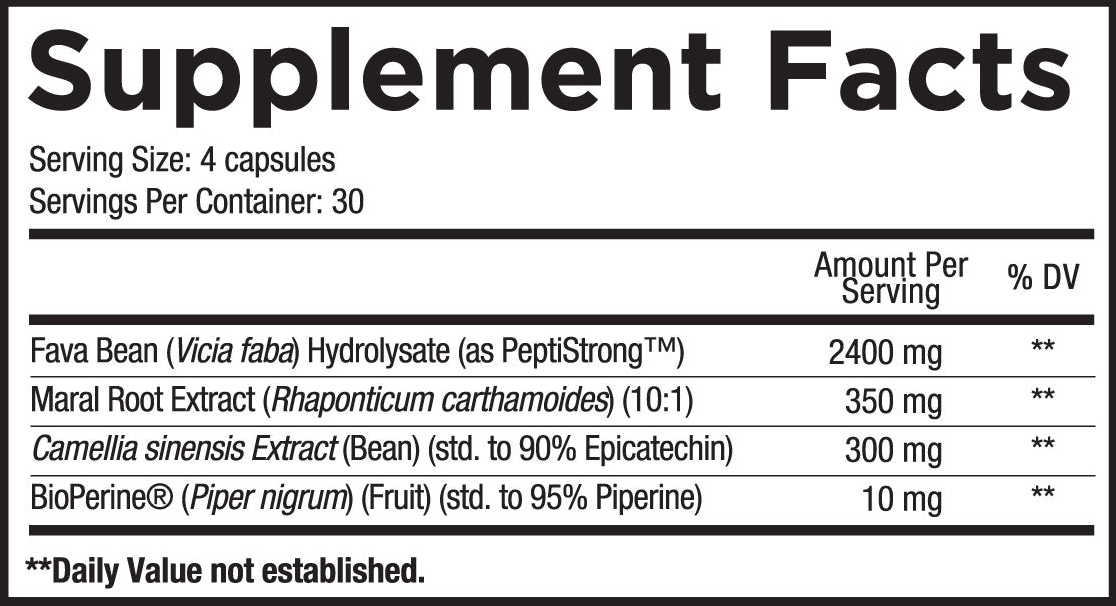
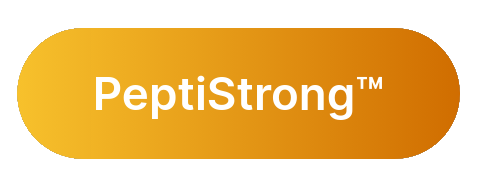
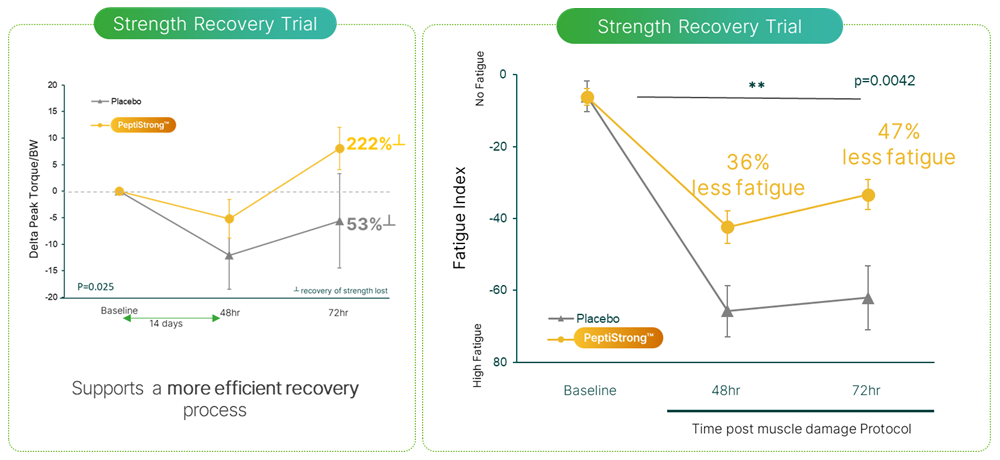
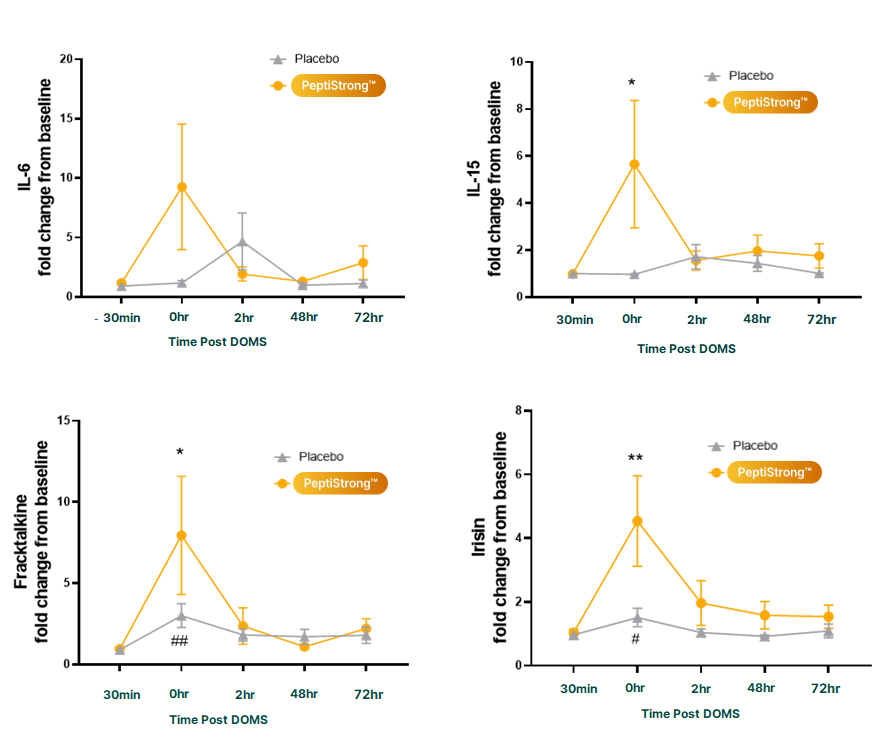
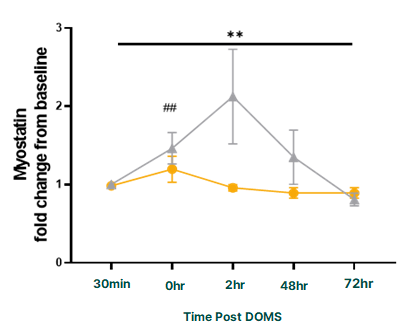
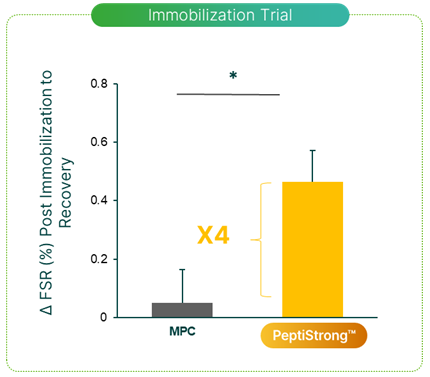
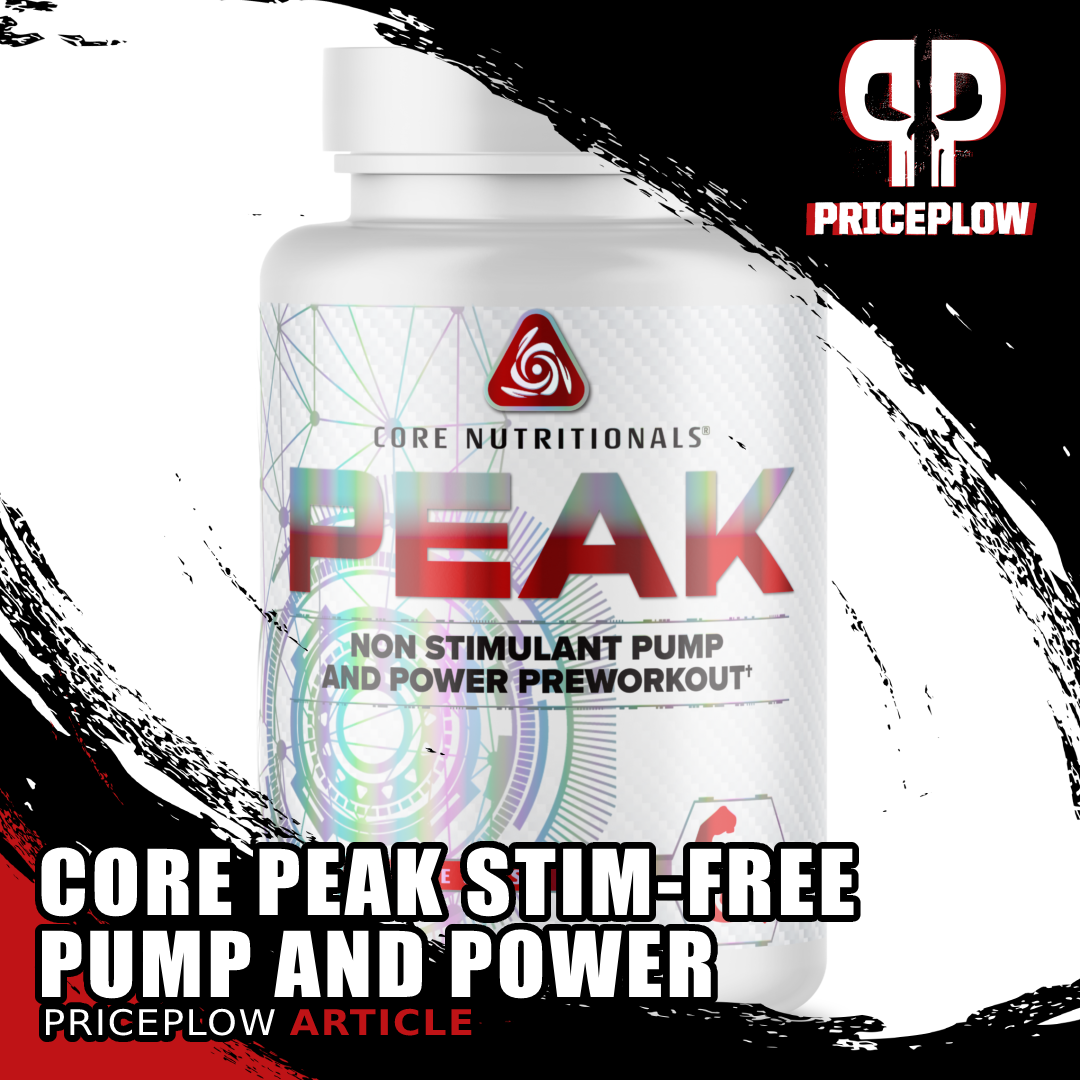
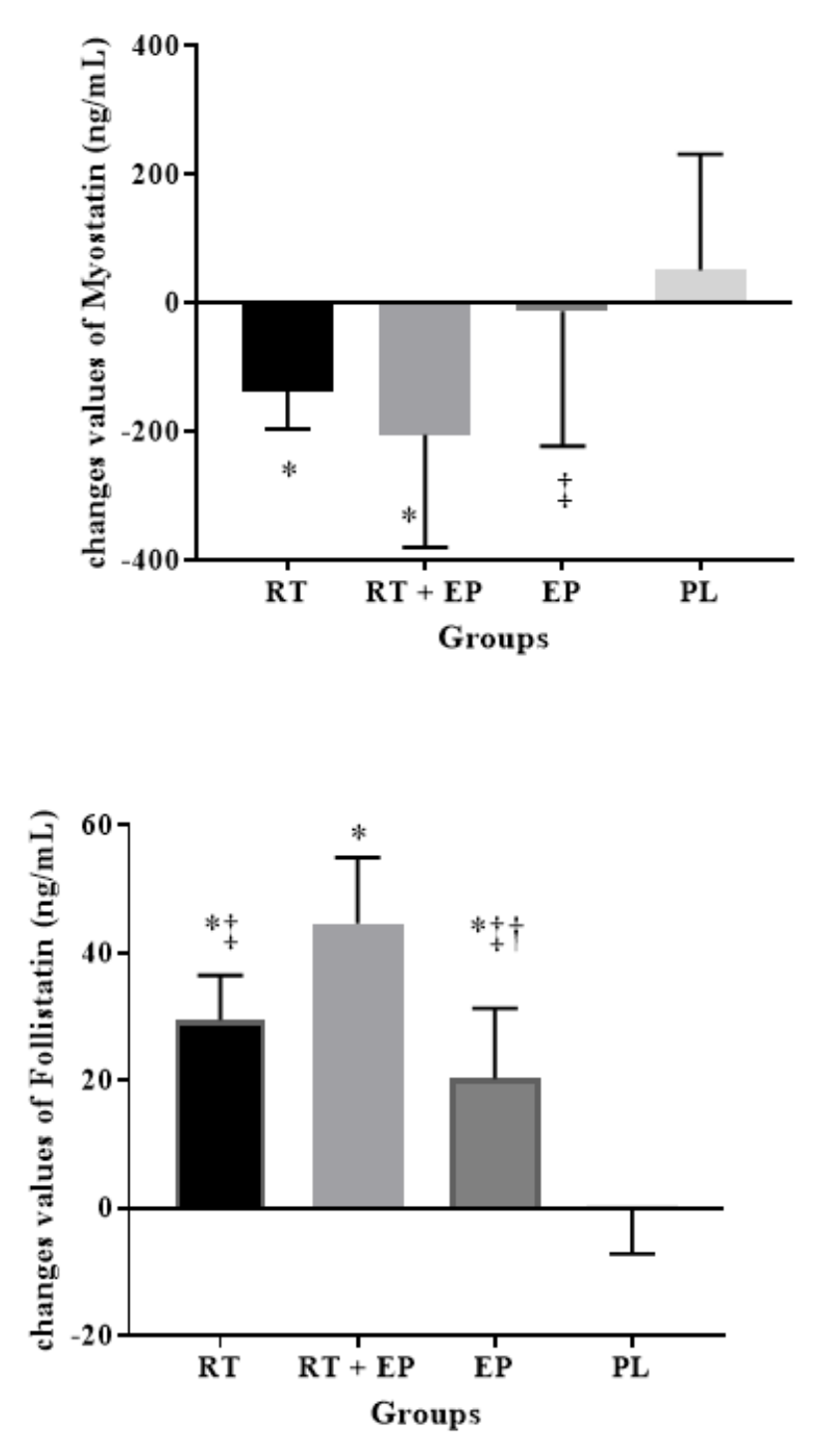
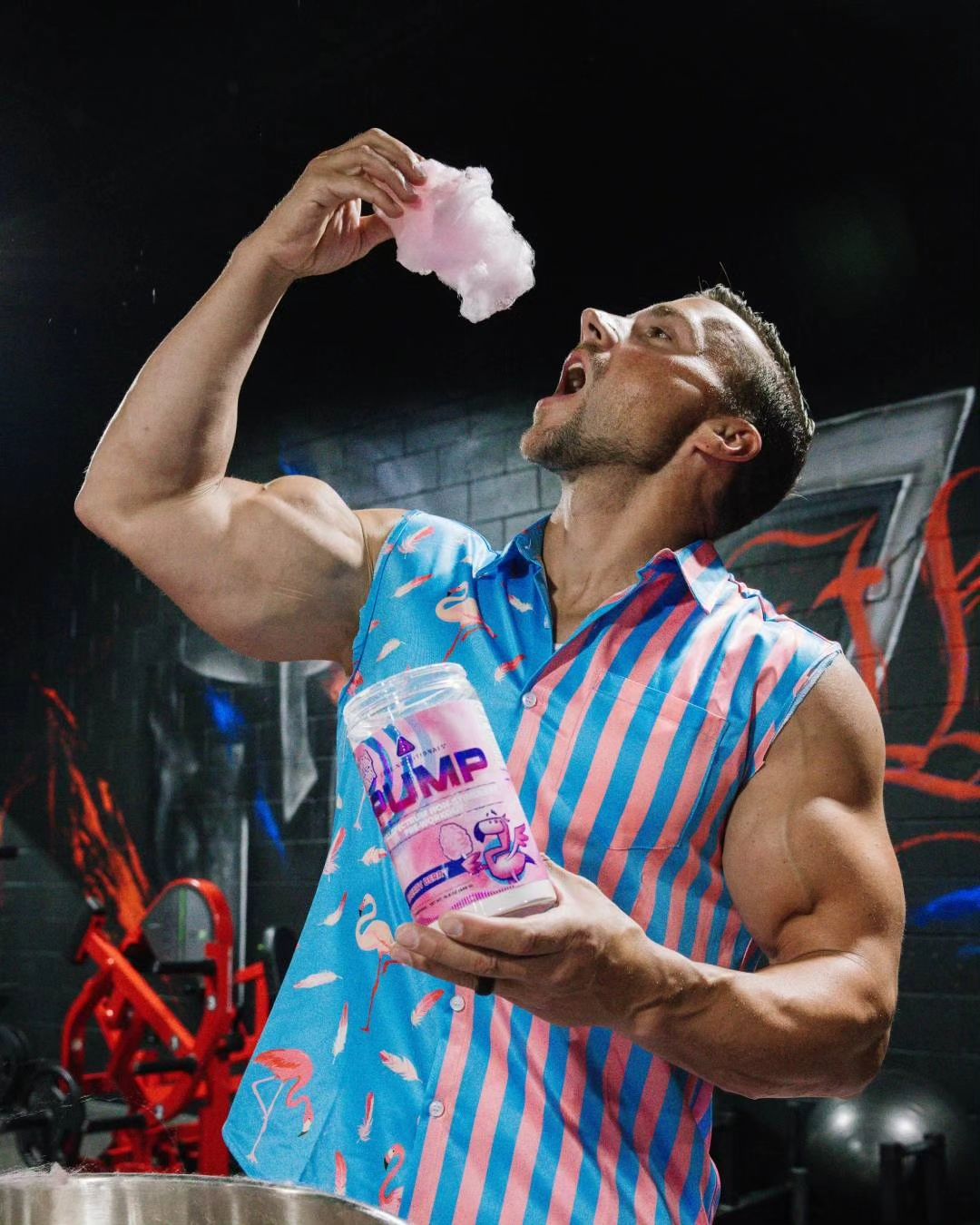
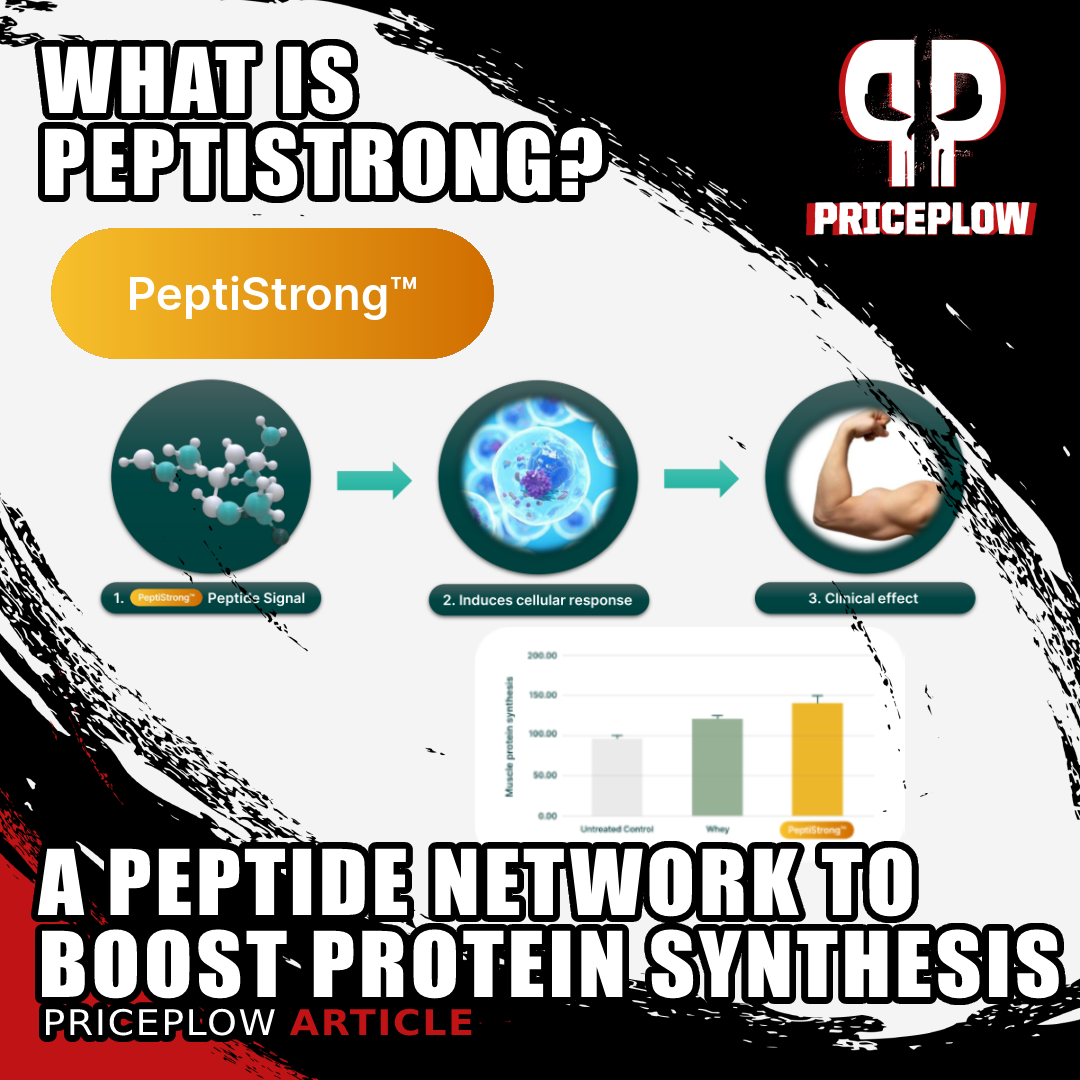


Comments and Discussion (Powered by the PricePlow Forum)